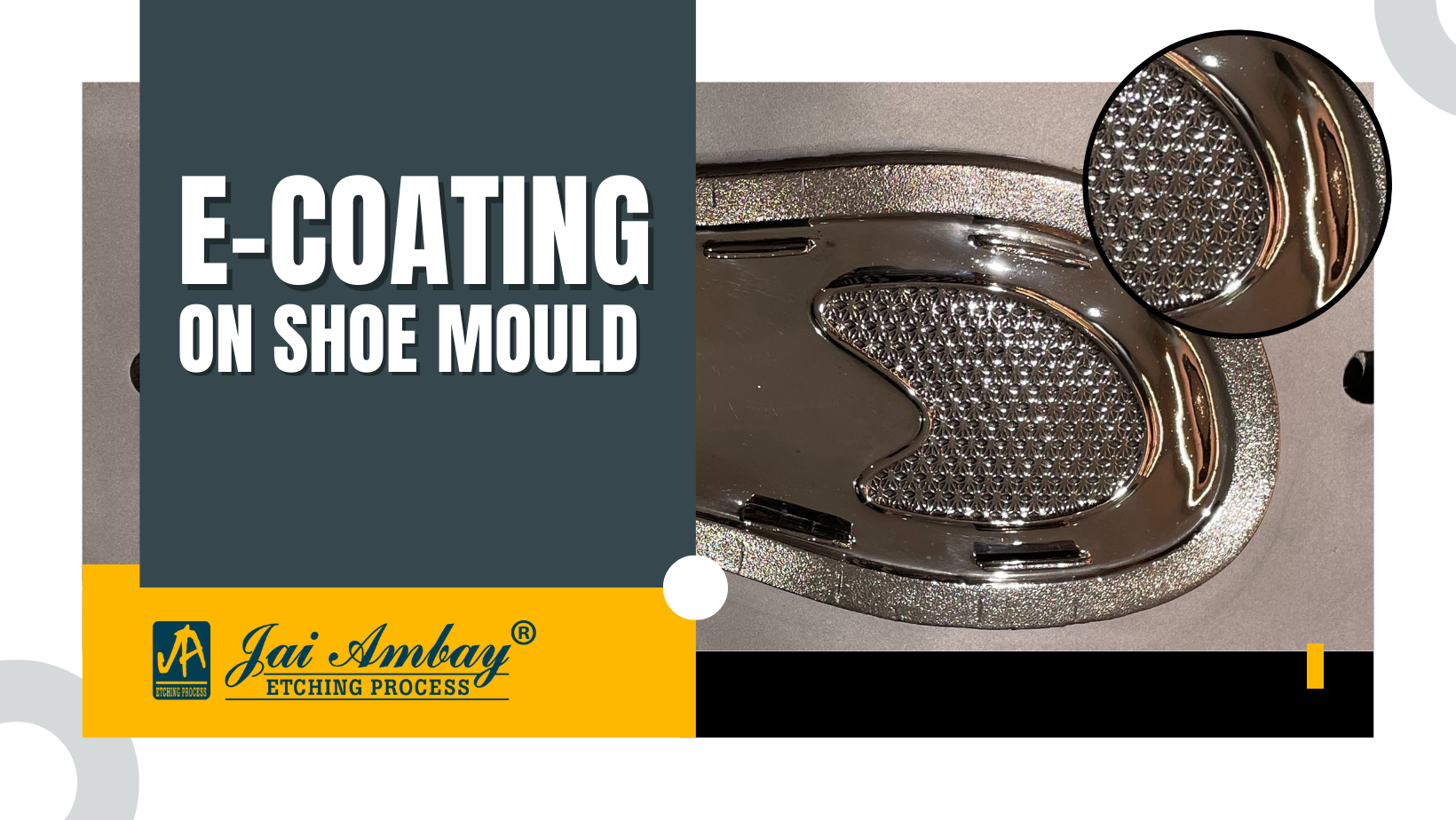Elevate Quality: E-Coating Excellence
In manufacturing, innovation and practical are often the keys to success. This principle applies especially in forming processes where precision and longevity are important. E-coating is a transformative technology that not only prolongs the life of moulds but also adds style. In this blog, we’ll explore the wonders of electrocoating, its non-stick coating process, and how it’s revolutionizing the mold world.
Understanding the E-Coating Process
E-Coating, short for electrodeposition coating, is an advanced surface treatment method that involves immersing objects in an electrically charged solution. This process results in a uniform, protective, and aesthetically appealing coating that adheres to every curve of the object, even in hard-to-reach areas. Known for its exceptional coverage, e-coating provide strong corrosion and wear protection.
Enhancing Longevity with Non-Stick Coating
In the field of moulds, E-Coating shines as a game-changer. Molds are constantly exposed to high pressures, extreme temperatures, and reactive materials, and are prone to wear and tear. The protective layer of electrophoretic coating acts as a shield, protecting the mould from corrosive agents, abrasion and chemical reactions. This not only extends the lifespan of the moulds but also ensures consistent product quality over time.
Additionally, E-Coating’s non-stick properties play a pivotal role in enhancing the moulding process. The smooth and uniform coating reduces friction, preventing materials from adhering to the mould’s surface. This attribute minimizes the risk of defects and allows for smoother ejection of moulded products, improving both efficiency and product integrity.
Aesthetic Transformation with E-Coating
While functionality is paramount, aesthetics cannot be overlooked. E-Coating adds a smooth, polished surface to moulds that not only enhances their visual appeal but also matches the manufacturer’s branding and design aspirations. This aesthetic enhancement not only demonstrates professionalism, but also affects perceptions of the quality of the final product.
The Advantages of E-Coating for Moulds
- Corrosion Resistance: E-Coating forms a protective barrier that resists corrosion caused by chemicals, moisture, and environmental factors.
- Uniform Coating: The electrodeposition process ensures consistent and complete coverage on all surfaces, including intricate details.
- Durability: The strong bond between the coating and the mould surface ensures long-lasting protection against wear and tear.
- Non-Stick Properties: The smooth coating prevents material adhesion, reducing defects and ensuring smooth product release.
- Enhanced Aesthetics: The polished finish enhances the overall appearance of the mould, aligning with design goals.
E-Coating Process: Merging Artistry and Technology
E-Coating’s success lies in its fusion of artistry and technology. The E-Coating Process begins with careful preparation, including cleaning and pre-treatment to ensure optimal adhesion. Then, the moulds are dipped into a paint bath, where an electric field drives the coating particles to bond evenly to the surface. The result is a thin but strong layer that transforms the mould’s functionality and aesthetic.
A Future of Endless Possibilities
With the development of manufacturing technology, the potential of e-coating is also increasing. Advances in materials and processes continue to refine the application, making it even more efficient and environmentally friendly. Manufacturers can imagine a future where E-Coating not only preserves the integrity of moulds but also opens doors to innovative designs and functionalities.
In conclusion, the longevity and style offered by E-Coating make it a key asset in the world of moulds. Its protective and non-stick properties extend the life of moulds while enhancing the quality of the products they produce. Moreover, the aesthetic shift adds a touch of sophistication, in line with modern design trends. E-Coating is a testament to how technology, when merged with artistry, can elevate manufacturing processes and redefine industry standards.
..

